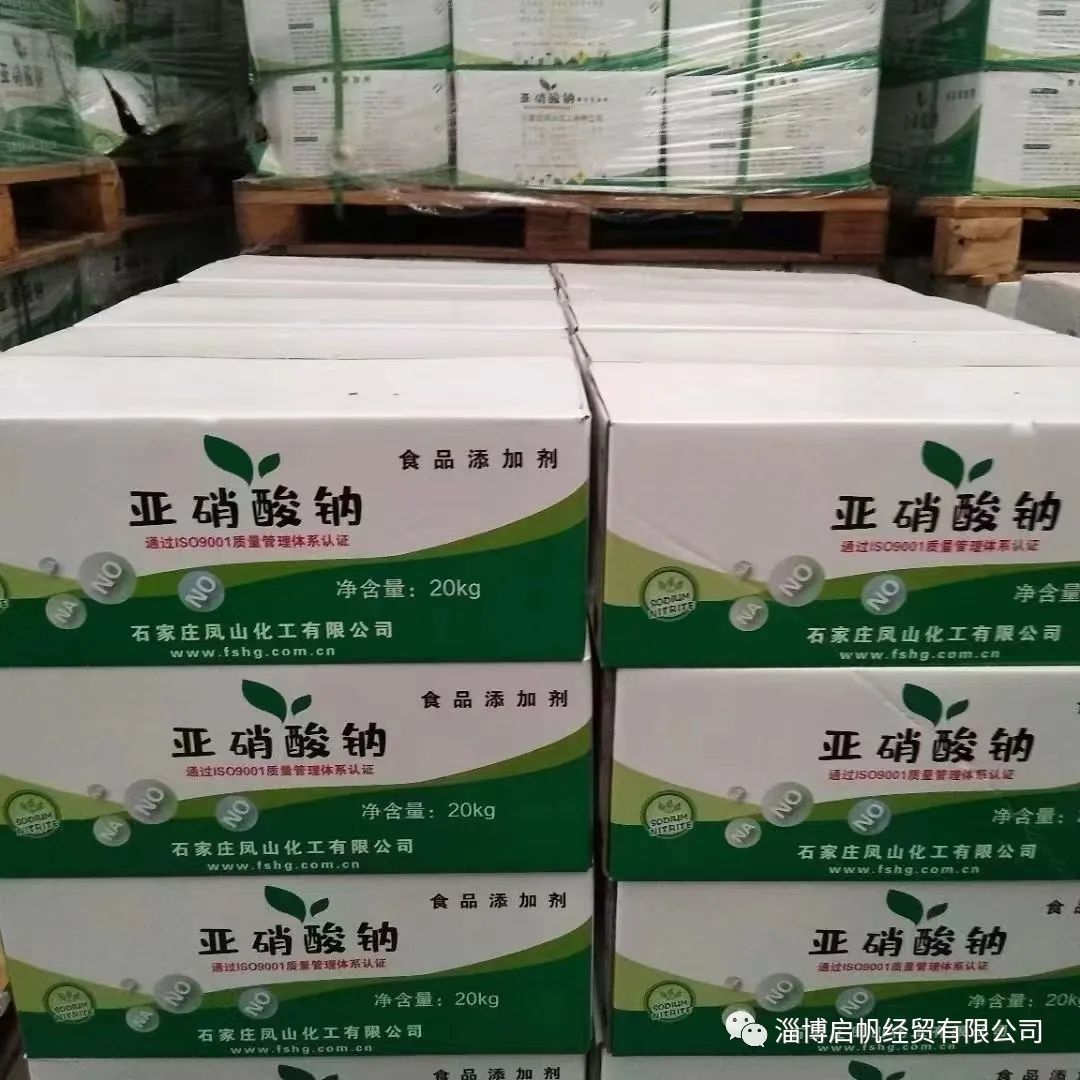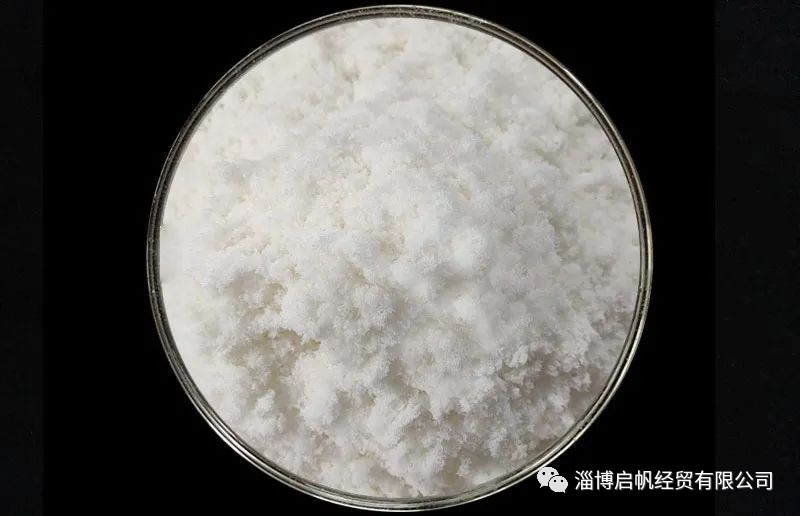Sodium nitrite is an inorganic salt produced by combining nitrite ions with sodium ions. Sodium nitrite is easily deliquescent, easily soluble in water and liquid ammonia, its aqueous solution is alkaline, slightly soluble in ethanol, methanol, ether and other organic solvents. Sodium nitrite has a salty taste and is sometimes used to make fake salt. Sodium nitrite reacts with oxygen to form sodium nitrate when exposed to air. If heated above 320 ° C, it decomposes to produce nitrogen dioxide, nitric oxide and sodium oxide. Contact with organic matter is easy to burn and explode. CAS No.7632-00-0.
Sodium nitrite is a kind of food additive, which plays the role of coloring and anti-corrosion, and is widely used in animal food such as cooked meat, enema and canned food. Because nitrite has a variety of beneficial functions for meat brittleness, it is now allowed to cure meat, but the amount is strictly limited.
Sodium nitrite is a common substance that is widely used in the food processing industry as a hair color agent and preservative. It has three functions: first, to make meat products show a beautiful bright red; 2. Make meat have unique flavor; Third, can inhibit the reproduction of harmful botulinum and secrete toxins.

Sodium nitrite is an industrial salt, it is a white opaque crystal, slightly yellowish, looks like salt, taste slightly salty, easily soluble in water, melting point of 271℃. Nitrite is harmful to human body, can oxidize the low methemoglobin in the blood to methemoglobin, lose the ability to transport oxygen and cause hypoxic tissue damage. Nitrite is not only a carcinogen, but also ingestion of 0.3 ~ 0.5 g can cause food poisoning, 3 g can be fatal.

The role and use of sodium nitrite
1. Chromatographic analysis. Spot analysis is used to determine mercury, potassium and chlorate. Diazotization reagent. Nitrosation reagent. Soil analysis. Serum bilirubin was measured in liver function tests.
2. Silk, linen bleaching agent, metal heat treatment agent; Corrosion inhibitor for steel; Antidotes for cyanide poisoning, reagents for laboratory analysis.
3. Used as hair color agent, anti-microbial agent and preservative in meat product processing.
4. It is used in bleaching, electroplating and metal treatment and is called industrial salt.

Causes of sodium nitrite poisoning
The main causes of sodium nitrite poisoning in daily life are:
1. Sodium nitrite is mistakenly used as table salt.
2. "Industrial salt" is used as table salt.
3, consumption of sodium nitrate or sodium nitrite content of pickled meat products, pickles and spoiled vegetables can cause poisoning.
4. Drinking bitter well water with high sodium nitrate or sodium nitrite content and boiler water can also cause poisoning.
5, excessive use of sodium nitrite when processing meat products can lead to poisoning of consumers.

Overview of the dangers of sodium nitrite
Hazardous properties: inorganic oxidizer. Mixtures with organic matter and combustibles can burn and explode, and release toxic and irritating nitrogen oxide gas. Mixtures with ammonium salts, combustible powders, or cyanide will explode. Heat or exposure to acid can produce highly toxic nitrogen oxide gas.
Health hazard: The toxic effect is to paralyze the vascular motor center, respiratory center and peripheral blood vessels; Forming methemoglobin. Acute poisoning is characterized by general weakness, headache, dizziness, nausea, vomiting, diarrhea, chest urgency and dyspnea; The examination showed obvious cyanosis of the skin mucosa. In severe cases, blood pressure drops, coma, and death. Excess sodium nitrite can cause cancer. Sodium nitrite reacts with amines in food during cooking and digestion to produce cancer-causing nitrosamines. This preservative is found in luncheon meats, cured meats and fish. Can cause many types of cancer.




